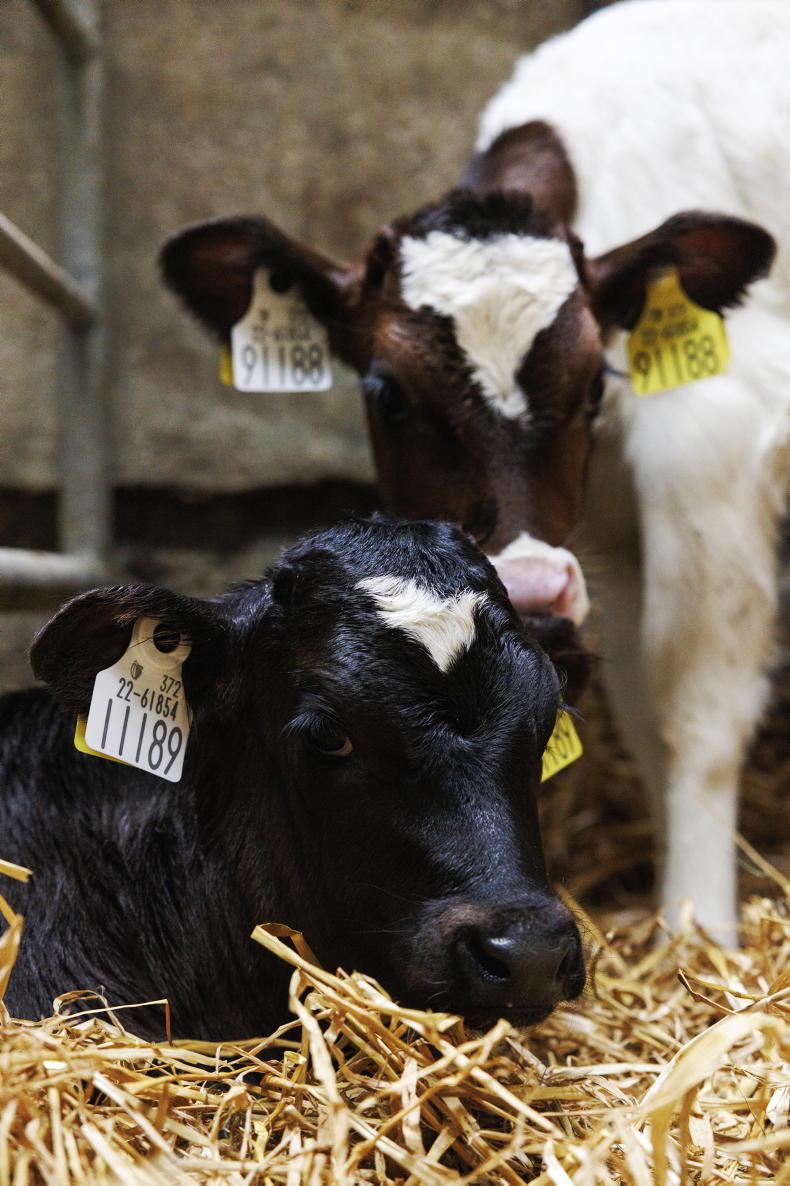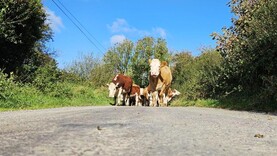There have been some big changes in animal identification over the last year and many more in the pipeline.
The majority are occurring on the bovine side. Farmers are only heading into their second year of ordering electronic tags but there has been little discussion given a number of other changes have grabbed the spotlight in 2023.
The introduction of a new €83m National Genotyping Programme has been relatively positively received with over 3,500 dairy farmers possessing almost 550,000 dairy cows and 6,670 suckler beef farmers possessing 200,000 cows signing up.
The programme will require participating farmers to DNA-tag all newborn calves at birth and it is being billed as the first step in moving the national herd towards DNA calf registration.
Commonly asked questions can be found on here.
Discussions concerning animal identification on the suckler side of the house are focused on changes to breeding indexes introduced on Tuesday 28 November.
Changes have been made both on the terminal and replacement index and may see an animal’s star rating rise, fall or remain unchanged.
We details how farmers can find the latest star rating for their animals and important points to consider.
Despite no official confirmation up to now by the Department of Agriculture or Animal Health Ireland (AHI), it is pretty clear that mandatory tissue tagging of newborn calves will continue under the Bovine Viral Diarrhoea National Eradication Programme in Ireland in 2024.

Calves with new EID tags. \ Donal O'Leary
The big questions on farmers’ lips at the moment is if they will be required to foot the bill for a twelfth year of mandatory testing and if the country is on target to apply for BVD-free status.
As outlined here, there has been massive progress made on BVD, with AHI estimating annual savings of €102m.
However, feedback from farmers is that progress needs to be made to get eradication over the line and bring an end to testing fees.
There have been some big changes in animal identification over the last year and many more in the pipeline.
The majority are occurring on the bovine side. Farmers are only heading into their second year of ordering electronic tags but there has been little discussion given a number of other changes have grabbed the spotlight in 2023.
The introduction of a new €83m National Genotyping Programme has been relatively positively received with over 3,500 dairy farmers possessing almost 550,000 dairy cows and 6,670 suckler beef farmers possessing 200,000 cows signing up.
The programme will require participating farmers to DNA-tag all newborn calves at birth and it is being billed as the first step in moving the national herd towards DNA calf registration.
Commonly asked questions can be found on here.
Discussions concerning animal identification on the suckler side of the house are focused on changes to breeding indexes introduced on Tuesday 28 November.
Changes have been made both on the terminal and replacement index and may see an animal’s star rating rise, fall or remain unchanged.
We details how farmers can find the latest star rating for their animals and important points to consider.
Despite no official confirmation up to now by the Department of Agriculture or Animal Health Ireland (AHI), it is pretty clear that mandatory tissue tagging of newborn calves will continue under the Bovine Viral Diarrhoea National Eradication Programme in Ireland in 2024.

Calves with new EID tags. \ Donal O'Leary
The big questions on farmers’ lips at the moment is if they will be required to foot the bill for a twelfth year of mandatory testing and if the country is on target to apply for BVD-free status.
As outlined here, there has been massive progress made on BVD, with AHI estimating annual savings of €102m.
However, feedback from farmers is that progress needs to be made to get eradication over the line and bring an end to testing fees.







 This is a subscriber-only article
This is a subscriber-only article











SHARING OPTIONS: